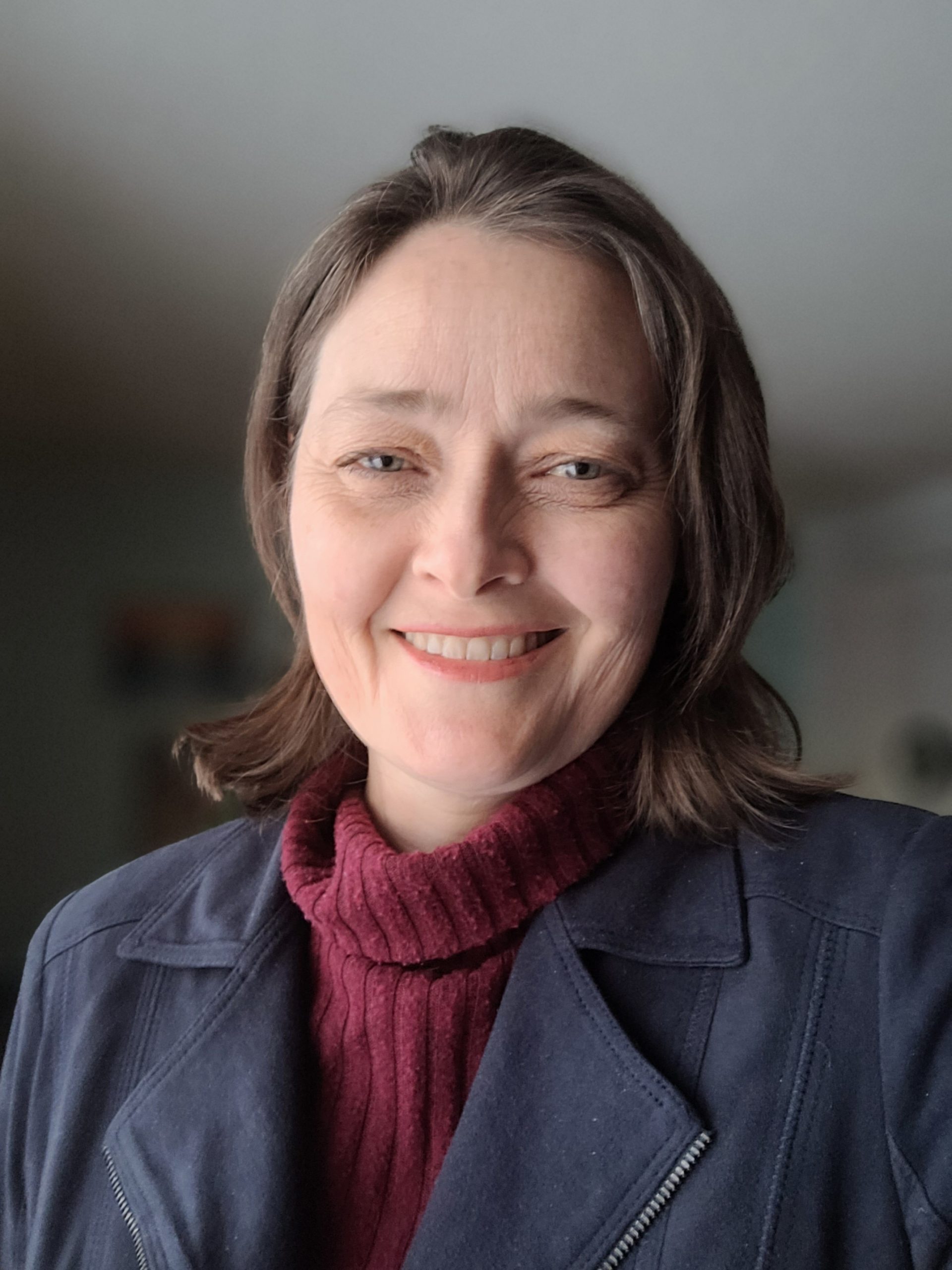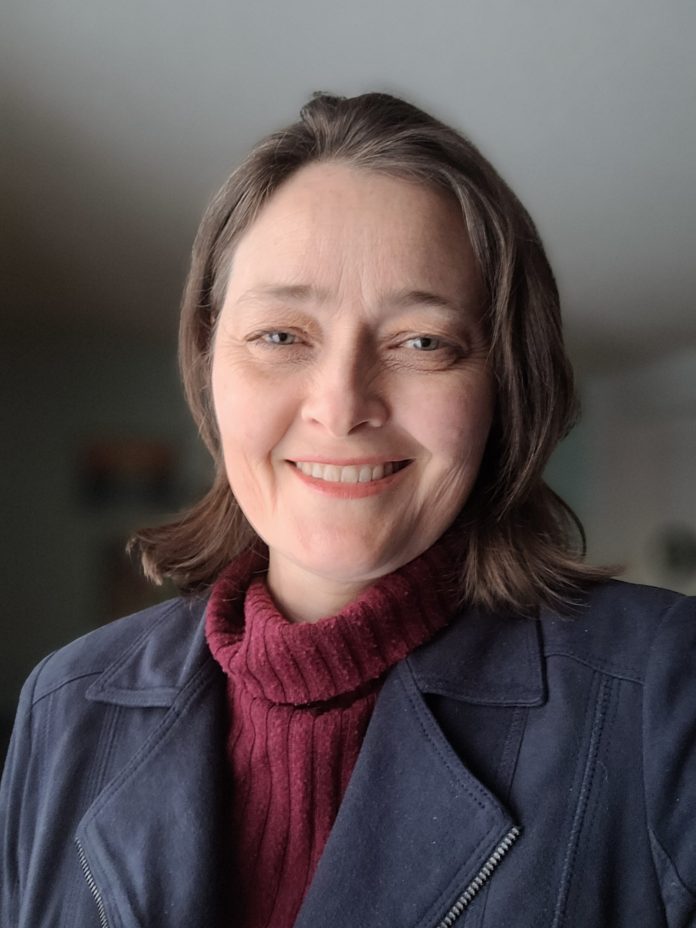By Anita Murray, All Things Home
Intensification in Ottawa has been a hot topic for several years and is integral to the Official Plan, which was updated last year.
The latest plan guides the city’s growth and development over the next 25 years, during which Ottawa is expected to grow by 400,000 people and 195,000 homes.
A key way the city expects to deal with this growth is through intensification of existing neighbourhoods, making them denser rather than simply expanding development in the suburbs.
Intensification has often been seen as a bad thing, disrupting mature neighbourhoods where small, quaint homes are razed and replaced with bulky buildings that do not stick to approved zoning heights.
But architect Rosaline Hill, who specializes in infill development, sees it as an opportunity. She has studied intensification for three years and hopes to see density in urban neighbourhoods happen in a smart way, so they become walkable communities where residents don’t need a car to access amenities necessary for a healthy, happy lifestyle.
Hill is the founder of Walkable Ottawa, an award-winning architect, original member of the Urban Infill Council at the Greater Ottawa Home Builders’ Association, and a long-time urban advocate.
Interviewed after being named designer of the year at the 2021 Housing Design Awards, Hill shared her vision for urban neighbourhoods. (This is an edited excerpt).
Q: You’ve said good infill has to do with intensification. In what sense?
A: The way neighbourhoods evolve has a lot to do with their intensification and their infill. If they’re able to intensify and evolve in a way that takes us from car-dependent lifestyles to neighbourhoods in which a walking lifestyle is a lovely possibility, that’s really big.
If a neighbourhood is on a trajectory towards that, it needs to receive a lot more intensification, enough to populate small shops that you can walk to. That kind of neighbourhood is very desirable. And those neighbourhoods fundamentally are wildly more ecologically responsible than the neighbourhoods we have now.
Q: How do you get past the NIMBY (not in my backyard) attitude?
A: I hope we get past it by showing we’re moving to a better place, because I think the people who are feeling really NIMBY about their neighbourhood are feeling that way for very valid reasons; they see infill in their neighbourhood that doesn’t have any logic or purpose behind it. Their neighbourhood is worse than it was before and nobody seems to be driving the ship.
I would hope that if we get to the point where we can collectively plan a better way, we can overcome the NIMBY-ism. (If) infill is done differently, with a real focus on intensification and neighbourhood renewal and transition, then it would happen.
But we’re right now heading off wildly in the wrong direction. We’re taking down little houses and putting up a very big house, which for the family who lives in it is great, but we’re in a housing crisis. A similar building could contain often three or four dwelling units and that building could look the same (as a single home).
Q: Does Ottawa have any good walkable neighbourhoods?
A: It’s pretty thin. Hintonburg in summer, spring and fall functions well as a walkable neighbourhood. They lack tree canopy, park space and they’re short on recreation space, but generally speaking you can walk to things, you can live without a car there quite happily, except in winter, when you find yourself walking down the middle of the road and having to climb into a snowbank when a car comes.

Q: What is your vision of the evolution of the city?
A: Towards walkable neighbourhoods, for sure, because it’s the single most significant thing we can do to reduce our emissions. It’s also a key to tackling our housing affordability problem, because lifestyles are so much more affordable in a walkable neighbourhood. Right now, we build the most expensive kind of urban places — single-family housing and apartment buildings.
The sweet spot for affordably housing ourselves is walkable neighbourhoods and small multi-unit buildings that are built out of wood frame, 3.5-storey max. So, let’s just do it.
When people get upset about change in their neighbourhood, often they’re getting upset about height increases. We can meet very significant intensification targets without increasing the height.
Q: Can you do that without having to take up more of a footprint? If you don’t go up, do you not have to go out?
A: It’s just allowing developers the think-inside-the-box solution. If, on a certain piece of property, they’re permitted to build a 3,000-square-foot amount of space plus a basement, that’s 4,000 square feet. In 4,000 square feet you can fit a lot of smaller units.
If you look demographically at the size of our households, there actually aren’t that many people who want a 3,000-square-foot house, but there’s an awful lot of people who are looking for a two-bedroom apartment and our housing market is constrained and not allowed to meet that demand.
Q: A lot of what we hear about intensification and densification comes across as really negative, yet you are in favour of it.
A: Yes, but not just intensification for the sake of intensification. It’s not a question of how can we pack in new people. People don’t often appreciate that their neighbourhoods are generally much lower density than they used to be.
A neighbourhood built in the ’50s would have had an average household size of eight. Those buildings now have less than half that, so that neighbourhood is a third of the population it used to be. Tripling the population of that neighbourhood now is not intensification, that’s just getting us back where we were.
To read the full transcript of this interview, visit allthingshome.ca.
Anita Murray is former Homes Editor of the Ottawa Citizen and co-founder of AllThingsHome.ca, Ottawa’s trusted resource for home buyers and homeowners.

